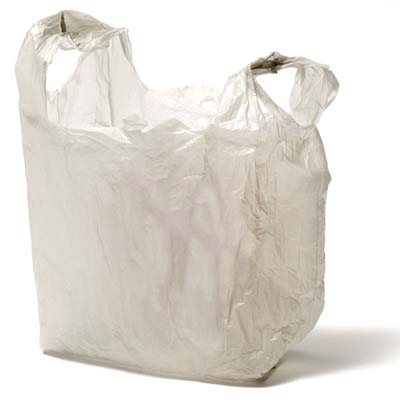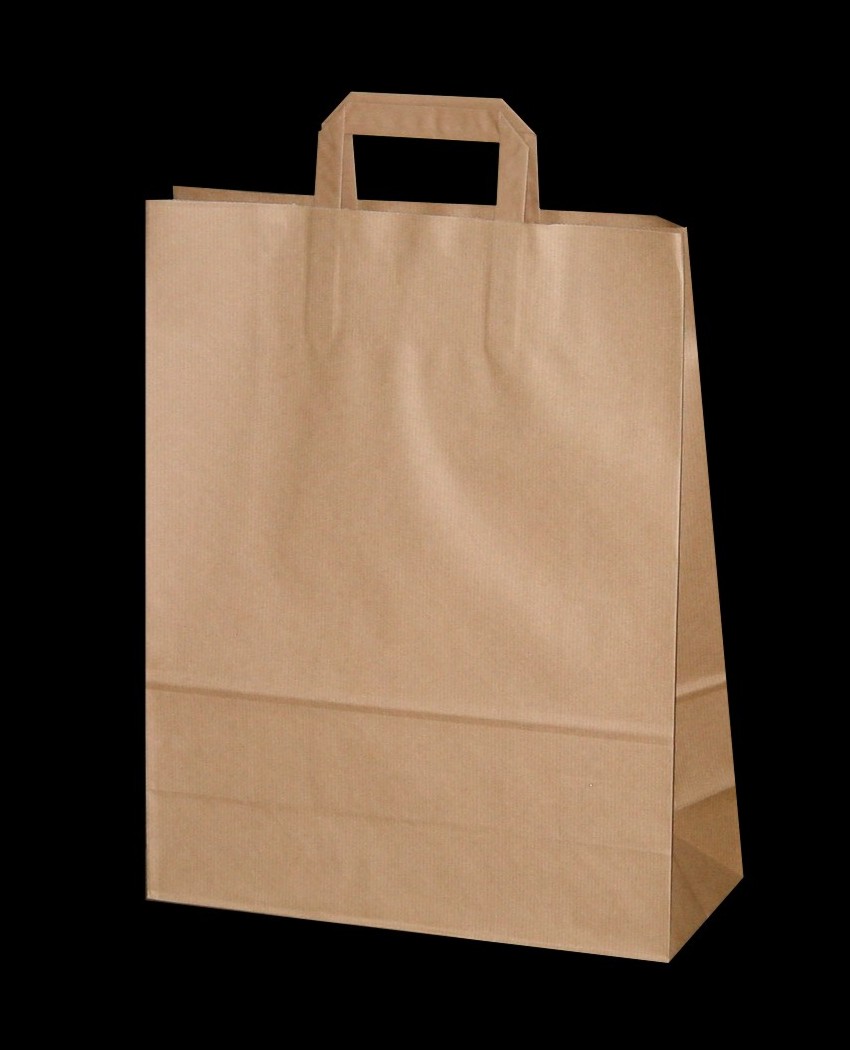Today I am going to tell you about fiber and all its wonderful characteristics! I hope you enjoy......
I like to think of fiber as the garbage truck of the body.
Since, your body does not digest fiber, it is able to carry toxins out of your body! Good-bye toxins!
Fiber provides your body with omega-3 fatty acids (which are good for your heart)! Hello nutrients!
Fiber's History: Egyptians carried flaxseed (a great source of fiber) in their medical bags. For 8,000 years flaxseed has been used as a source for sustaining energy.
How much do I need: 25 grams/day
Fiber's Job: helps you stay fuller longer, protects your colon, lowers cholesterol and blood sugar levels and helps to detox.
Fiber Sources:
- fruits: citrus, figs, pears, apples
- vegetables: Carrots, peas, brussel sprouts, broccoli, artichokes
- whole grains
- legumes
- whole-wheat flour
- wheat bran
- nuts: almonds
- oats
- beans: navy, garbanzo, kidney
- barley
- psyllium
- ground flaxseed
- bulur
- quinoa
- brown rice
Side Note: foods that are low in fiber are: refined or processed foods (the nutrients are removed).
Some examples:
- canned fruits and vegetables
- pulp-free juice
- white bread and pasta
- non-whole-grain cereal
- Ground flaxseed: keep in refrigerator, lasts 30 days
- Whole flaxseed: grind in food processor, blender, or coffee grinder. Body does not gain the benefits from whole flaxseed, it has to be ground. Whole seeds last 1 year. However, the body can't process whole flaxseed so it has to be ground before we eat it.
- There are 30 grams of fiber for every 100 grams of dry seed.
How do I add fiber to my diet?
Ground Flaxseed: add 1 TBSP to yogurt, toast, smoothie, muffin mix, oatmeal, pancakes, waffles, meat loaf, casseroles, or burgers. Sprinkle it on salads or cooked vegetables.
Fiber
- 2 grams: 1 medium banana, 1 medium carrot, broccoli (1/2 cup), green beans (1/2 cup), medium-size potato, spinach (1/2 cup)
- 3 grams: 1 medium apple, 1 sweet potato, blueberries (1 cup), medium-size orange, peas (1/2 cup), strawberries (1 cup), wheat germ (crude- 1/4 cup), white flour (1 cup).
- 4 grams: oat bran, uncooked (1 cup), oatmeal (1 cup cooked), popcorn (air-popped 3.5 cups), seedless raisin (2/3 cups)
- 6 grams: 10 dried dates, 10 dried prunes, lima beans (1/2 cup)
- 8 grams: avocado, bran 100%, raspberries (1 cup)
- 9 grams: cornmeal, white (1 cup), soy flour (low-fat 1 cup)
- 13 grams: kidney beans, red, bolied (1 cup)
- 14 grams: flour, whole-wheat (1 cup)
- 21 grams: corn bran (1/3 cup)
Do you have any interesting ways that you add fiber to your diet!? Please, feel free to share.





 How much do I need:
How much do I need:






